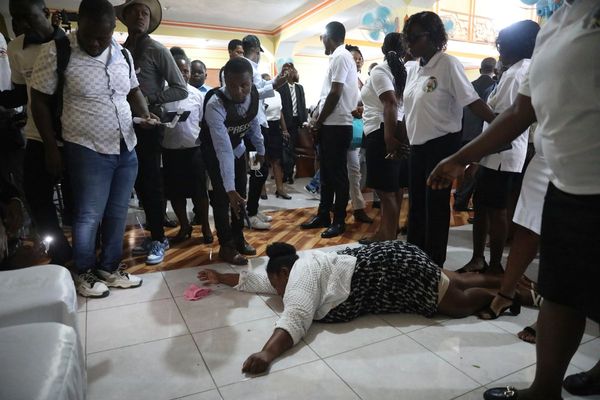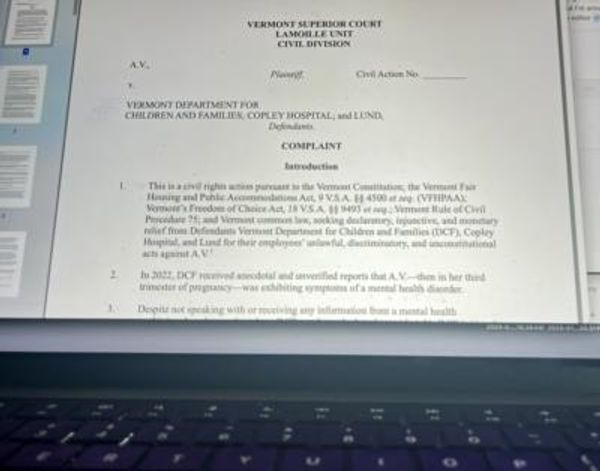A new apartment development with more than 600 units in Birmingham's Southside district has been granted planning permission.
The residential-led, mixed-use scheme comprises 299 one-bedroom and 329 two and three-bedroom, plus 20,000 sq ft of ground floor commercial space, split across three separate blocks, the tallest of which will be 27 storeys.
The development will be built on the corner of Lower Essex Street and bounded by Hurst Street and Sherlock Street and be called 'Lower Essex Square'.
It will also have parking for cycles and cars, two landscaped courtyards and a roof terrace and a new pedestrian boulevard will also be created, linking Hurst Street and Lower Essex Street. The application site currently houses Hurst Street Car Park.
Birmingham LGBT, the charity for the city's lesbian, gay, bisexual and trans people, last year agreed a deal for 5,000 sq ft of office space at the new development, relocating from its current home in Holloway Circus.
Developer and property operator Apsley House Capital is working with landowner Gooch Estate on the project which has been designed by London-based Claridge Architects.
Apsley's director Robin Norstrom said: "Lower Essex Square will make a positive contribution to the local area, transforming a brownfield regeneration site into a high-quality mixed-use scheme that will strengthen the community offering and provide designed-led homes, complimented by a range of on-site amenities for residents to enjoy."
Charles Gillett of consultancy Pennycuick Collins, acting for the Gooch Estate, added: "Lower Essex Square is going to be another high-quality development.
"It will add to what is already an eclectic and diverse district of Birmingham and one that is fast becoming a thriving residential neighbourhood."
Steph Keeble, a director with Birmingham LGBT, said: "The granting of planning approval for Lower Essex Square is welcome news and will secure the future of Birmingham LGBT in the Southside District, whilst also providing us with a new purpose-built community centre."
Work on site is scheduled to start this year, with completion in 2025.







